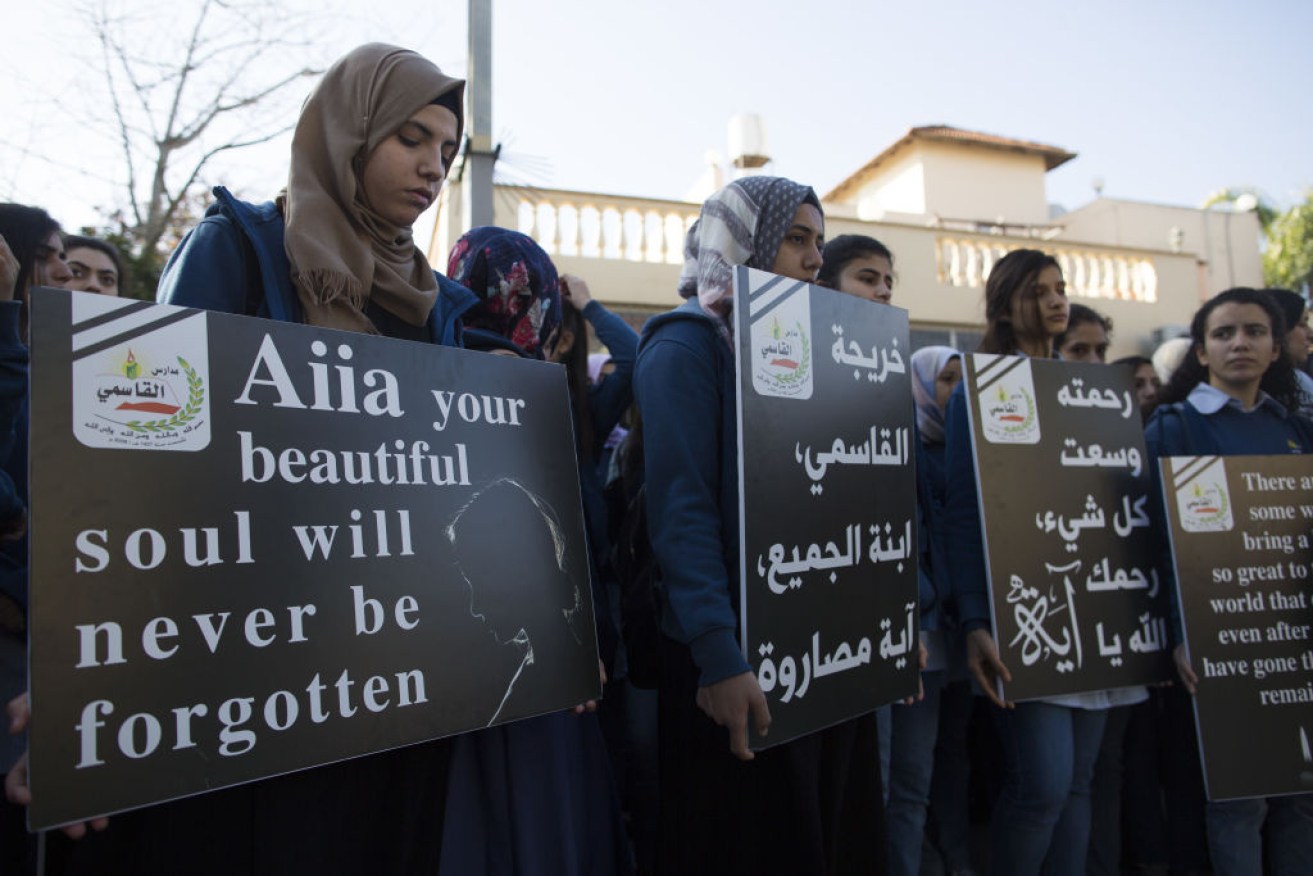The truth behind violent crime in Australia


Israeli civilians mourn the loss of Aiia Maasarwe, the latest of far too many killings in Australia. Photo: Getty
It is about time men woke up.
The tragic killing of Aiia Maasarwe is just the latest in far too many killings in Australia. Yet ‘stranger danger’ is not the greatest threat to women, nor is the murder a ‘feminist’ issue.
Men, we have a problem and we have to fix it, not women.
The majority of violent crime is perpetrated by men, not women. The majority of victims of violent crime are men (think David Hookes), not women. Men are the victims in about two-thirds (67.3 per cent) of Australia’s murders.
If the problem were put in gender terms, this is a male problem and men should face the responsibility.
Bizarrely, while men have little fear in going out, fear of crime sees some women staying at home. Statistics would say this is exactly the wrong approach.
Recent data from the Australian Institute of Criminology show that only 3 per cent of women die at the hands of strangers. For men it is more than six times more likely to die from ‘stranger danger’ at 19 per cent.

Cricket legend David Hookes was one of the most high-profile victims of men-on-men violence in Australian history. Photo: Getty
On the other hand women are the majority of domestic violence victims making up 79 per cent of ‘intimate partner’ victims, begging the question: Are women unsafe on the streets, or unsafe at home?
Bizarrely, if we looked at just the statistics for murders, we should be telling our sons to stay home to be safe, and our daughters to go out and enjoy themselves, also to be safe. If boys and men stayed at home, and women went out, streets would certainly be safer.
But fear is not just based on statistics, it is based on narratives and reporting. I have had younger female friends cry in fear and tell me they are scared about the violence and death they see in the media.
Are we discouraging women from living full lives based on a misplaced fear, or is that fear real?
Crimes rates have decreased over the years, but ‘fear’ of crime has gone up. Since 1989 the murder rate in Australia has nearly halved from 1.8 per 100,000 to one per 100,000.
Are we doing justice to our citizens if we scare people more than we should? Is this how we want people to live? In fear?
But this, of course, ignores the fact that murder is not the only violence that women are legitimately concerned about. Women are far more likely to be victims of sexual and gender-based violence that is short of murder.
On the surface sexual-based crime reports are going up. Digging into the data we see the majority of the increase shockingly relates to girls under 15, again at home.
But a better story comes from analysing the data to see that it is reporting rates increasing, not necessarily underlying crime, indicating more support given to victims than previously. This is a positive trend that must continue.
We must fight crime, but we must challenge the ‘fear of crime’ as well.
If Australians are going to resist unnecessarily restrictions on the freedom for women in our country, we need to recognise that while we are not perfect, we are safe.
We don’t have the problems of India. We have lower homicide rates than the United Kingdom, and don’t start me on the differences we have with our American cousins.
When we look for more Australian solutions it is neither time to be complacent nor is it time to be self-flagellating. If we say ‘the whole system is bad’ then we may destroy those things in our culture, society and law that work.
We must recognise, despite the recent murders, that Australia on any global measure remains one of the safest countries in the world for women and men.
One danger is that labelling violence a ‘feminist issue’ could be counter-productive, if it excludes from conversation not only the greater proportion of perpetrators, the males, but also the greater proportion of victims, also male.
Pigeon-holing the issue and allowing narratives to be constructed in gender-based terminology may inadvertently undermine solutions by alienating or excluding men from the discussion, when all men must engage in the discussion.
It will take a huge cultural change to stop violence. We should aim to make Australia the single safest, not just one of the safest, countries in the world.
To achieve this change begins in the locker room, not the lecture hall. The bravado and sexism of locker room talk does exist, on this Trump is correct. Men can start by changing ‘locker room’ talk. This requires a cultural shift that we need men to accelerate.
One of the tragedies of Ms Maasarwe’s death is that she came from a less-safe part of the world, which has far greater violence problems and gender violence problems than does Australia.
She came to a safer and freer society, only to become a tragic yet rare victim to a man’s criminal act. This is, of course, no comfort to her family and friends and perhaps may make the pain even worse.
Let’s mourn the death of Ms Maarsarwe. Let’s even get angry about it and use it to inspire us to an even safer community. But let’s also bring in balance.
Australia is still one of the safest countries in the world, for men and women. We should celebrate that, but recognise the faults and strive to make the good even better.








